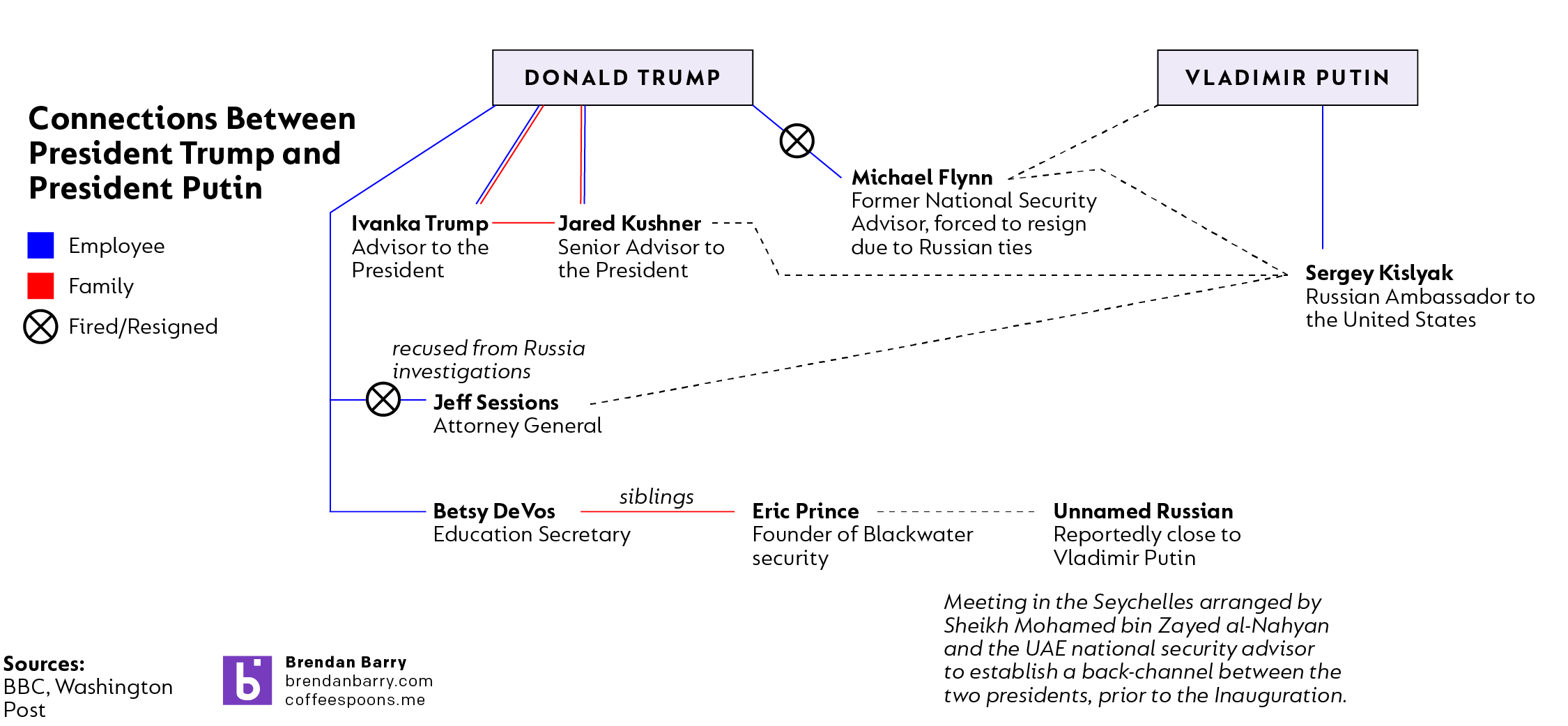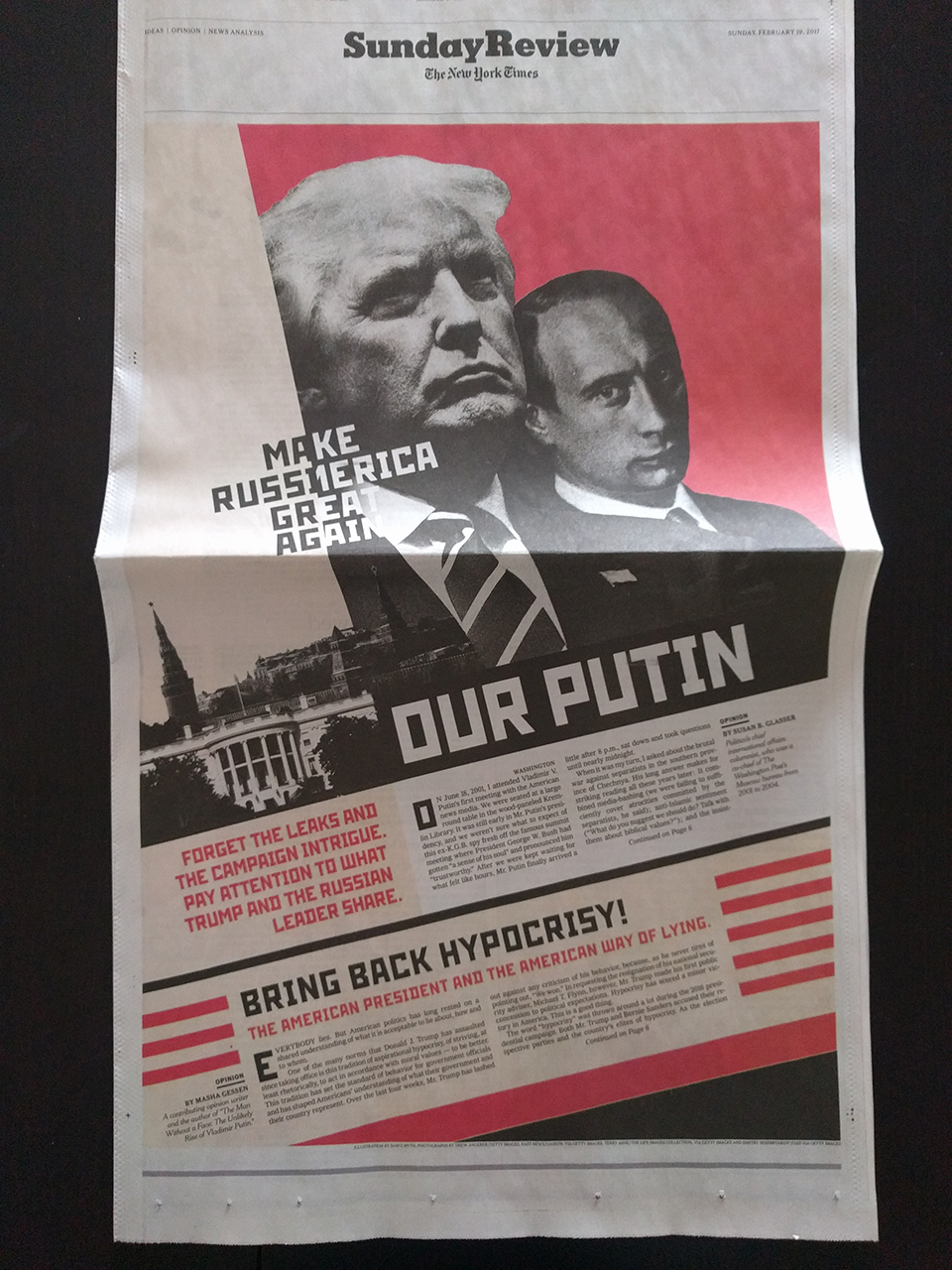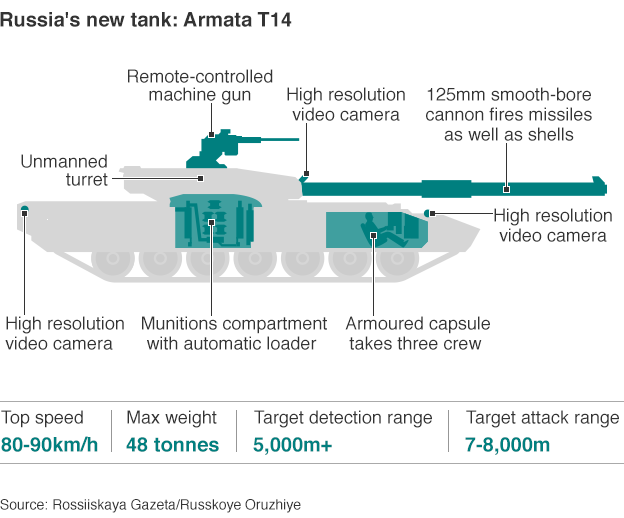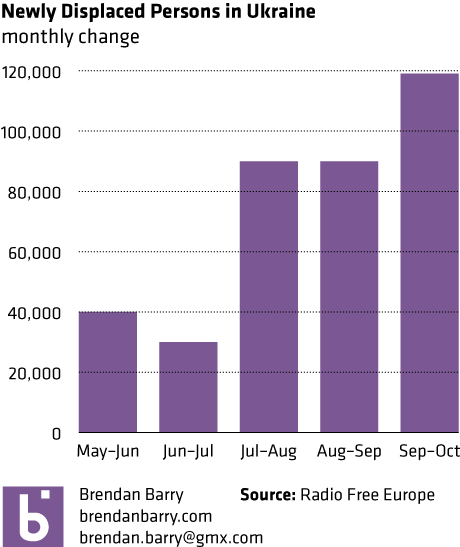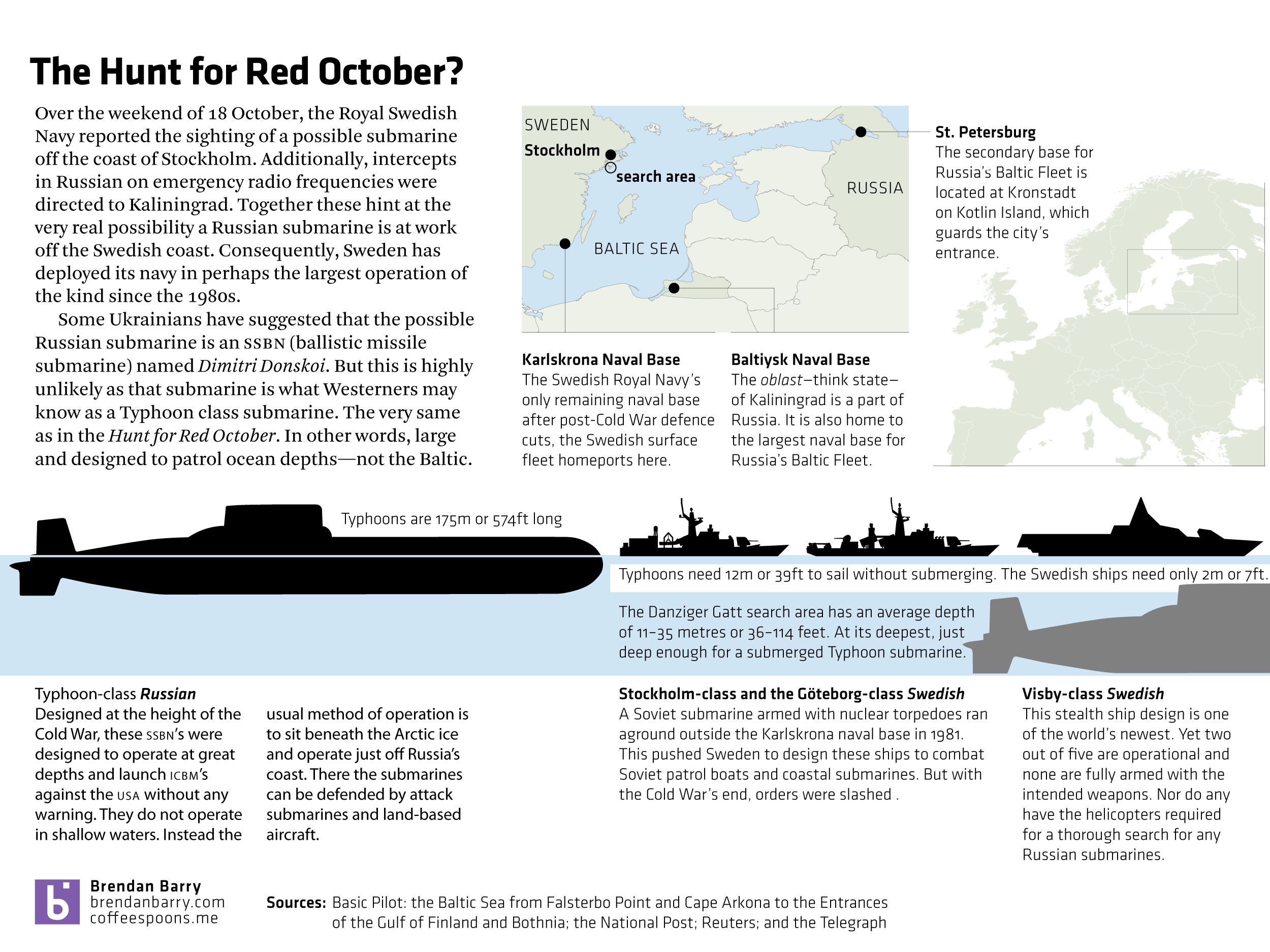I am in Chicago today, visiting friends and former coworkers. Generally taking a break from my team’s recent fantastic work at my new gig. But don’t think that I wouldn’t leave you without some sort of light-hearted Friday content.
My Tuesday post was about Monday’s news about another connection between Donald Trump and Vladimir Putin. Today’s post is a screen capture from the Late Show with Stephen Colbert from last week. Do you recall the weird story about Devin Nunes, Republican Chair of the House Select Committee on Intelligence and, don’t forget a member of the Trump transition team, receiving news from the White House about the White House to tell to the President (of the White House) before telling members of his own committee? Yeah, it was weird.
Colbert put together a great little monologue segment about the entire thing. And that’s what I’m going to share with you today. You should watch the entire thing, but I’ve keyed you into the referenced segment.
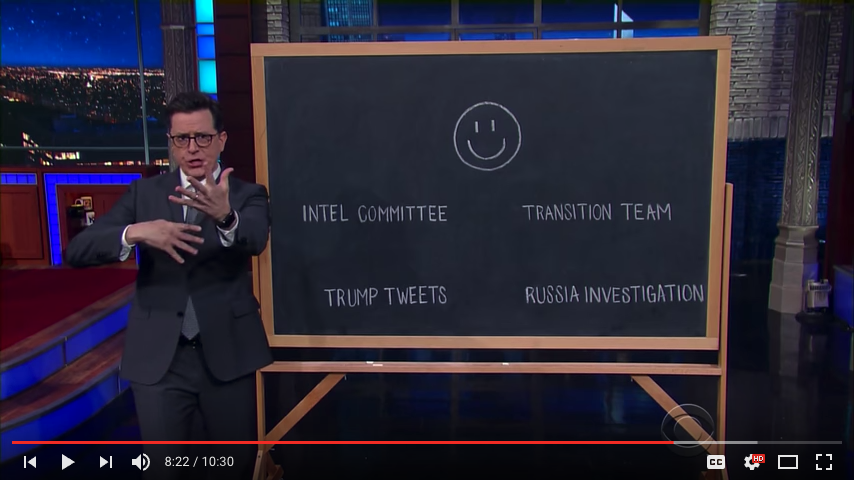
I suspect this won’t be the last time over the next four years we take a look at what the Figure-It-Out-a-Tron is telling us…
Credit for the piece goes to the graphics department of the Late Show with Stephen Colbert.

